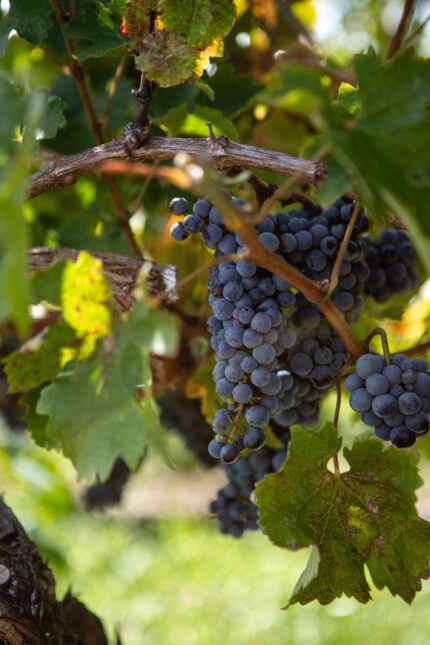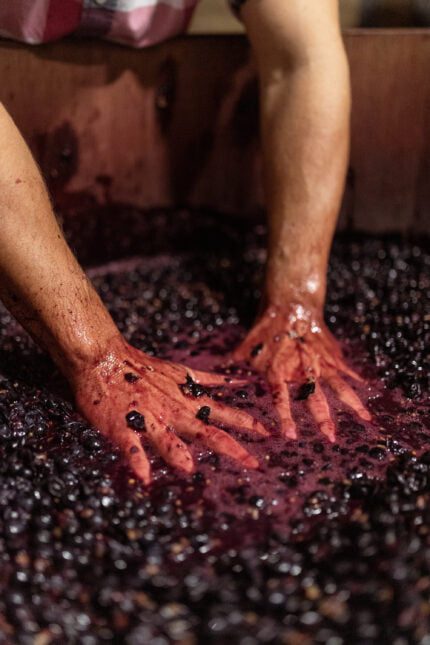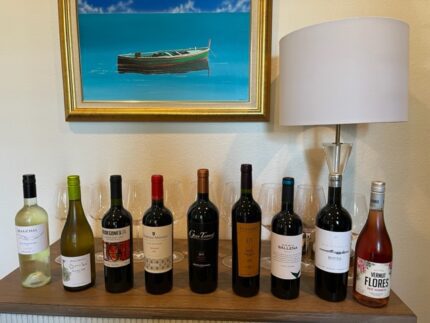Uncovering the wines of off the beaten path regions is one of the joys of wine. The thrill of trying a new varietal or the magic of what a region and terroir can do for a grape is why I find the journey enthralling. Recently I had the chance to try wines from Uruguay which combines the best of the old and new worlds with climate, varietals, and technology.

The name Uruguay translates into “painted birds.” Located between Argentina and Brazil on the eastern side, grapes were brought by European immigrants from Basque and Italy in the 1800s. Tannat was planted 100 years later and became the signature grape of the region. Today Uruguay features 164 active wineries and over 5,000 hectares of vineyards.
The People
Uruguay is the second smallest nation of South America with only 3.5 million people. The statistics on the population are impressive — life expectancy is 78 years, and the literacy rate is 98.7%, which rates as the highest in South America.
“We are like a family in wine where everybody knows and supports each other,” said Martina Litta, Foreign Trade Manager for the National Wine Institute of Uruguay (NAVI). “Uruguay is the best kept wine secret in the South.”
The Location
The country is located between parallels 30 and 35 degrees South, the same landmark place where most of Argentina and Chile’s wine growing regions are located. The region is influenced by the region’s maritime climate and calcareous soils. It is shaped by a mild Atlantic climate. Well-known Wine Writer Joaquin Hidalgo told us Uruguay is more comparable to European wine regions like Burgundy than its Latin American neighbors, like Chile or Argentina, which have the same Atlantic influence.

The Grapes and Regions
In Uruguay, you’ll find Tannat (3,892 acres/1,575 ha), Merlot (1,532 acres/620 ha), Cabernet Sauvignon (833 acres/337 ha), Cabernet Franc (534 acres/216 ha), Marselan (469 acres/190 ha), Sauvignon Blanc (327 acres/132 ha), Chardonnay (267 acres/108 ha), and Albariño (235 acres/95 ha).
The country has six areas with five distinct terroirs known as the six winemaking regions of Uruguay: The Northern Shore (408 acres/165 hs), the Southern Shore (722 acres/292 ha), the Metropolitan area (12,076 acres/4,887 ha), the Oceanic area (1,053 acres/426 ha), the Center area (109 acres/44 ha) and the Northern area (84 acres/34 ha).
The country of Uruguay is located on the Rio de La Plata craton, pre-Cambrian rock that remained unaffected by the continental shifts. In Maldonado, soils are made by the erosion of 2.5 + billion years old gray granite. The soils are rich in clay with varying depth by location depending on their proximity to the hills. Around Montevideo, soils are deep, created by the erosion of the craton itself. There, soils are clay-based and retain less water, due to the sand content from the river. Finally, the shore of the Uruguay River, between San Jose and Colonia, has clay soils deposited by the river and calcium carbonate.
A recent development is the creation of The National Program for Sustainable Viticulture. The program promotes viticulture that respects the environment, addresses issues related to the healthcare of workers and their families and covers vinification.
The Tasting

I joined a tasting with INVAVI, the association responsible for the oversight of the country’s wines, and Uruguay Wine, a division of the association responsible for promoting the wines.
We tasted a wide range of wines that showed the variation of terroir and microclimates, the different composition of soils depending on location, the history of the plantings and the innovation of the winemaking process. Most of the wineries are family owned and operated.
The production is small with 70+ million liters of wine produced annually. Of that, 24 liters are consumed per capital with 50 percent of the grapes being hand harvested.
Here was our line-up:
- 2022 Marichal Wines Sauvignon Blanc ($14) — An Old-World style with notes of apple, minerality and Meyer lemon.
- 2022 Bracco Bosca Ombú Moscatel ($16) — Notes of pear, melon, lemon, honeydew and flowers.
- 2020 Familia Deicas Bodegones del Sur Vineyards Select Cabernet Franc ($20) — The nose has cherries, bell peppers, cigar, and chocolate.
- 2020 Giménez Méndez Alta Reserva Alta Reserva Tannat ($18) .com/#/bodega-gimenez-mendez-inicio — Notes of black plum, brown sugar, black cherry, and blackberry.
- 2019 Montes Toscanini Grand Tannat Premium ($59) – Notes of roses, blackberry, cherry, and black pepper.
- 2018 Pisano Wines Reserva de la Familia Tannat ($24) — Notes of black licorice, blackberry, plum and forest floor.
- 2018 Alta de la Ballena Tannat-Viognier ($24) – Notes of chocolate, pepper, leather, vanilla, and oak.
- 2019 Bodega Bouza Monte Vide Eu ($67) – a blend of tempranillo, merlot and tannat with notes of oak, red berry, blackberry pie, herbs, and earth.
- Vermut Flores Rose ($16) was a fun vermouth with a bright pink color with Tannat at its base finishing off a blend of roots, bark, herbs, fruit, and flowers. It came with a cocktail recipe, and it was delicious!
The Future of Uruguay Wine
The uniqueness of Uruguay’s Old-World climate with a New World innovation make it a special place. Throw in the quality, a great price point along with diversity and a unique terroir making the discovering the undiscovered wines of Uruguay such a fun journey!



